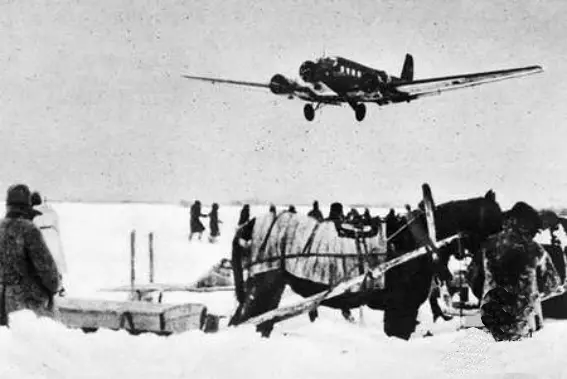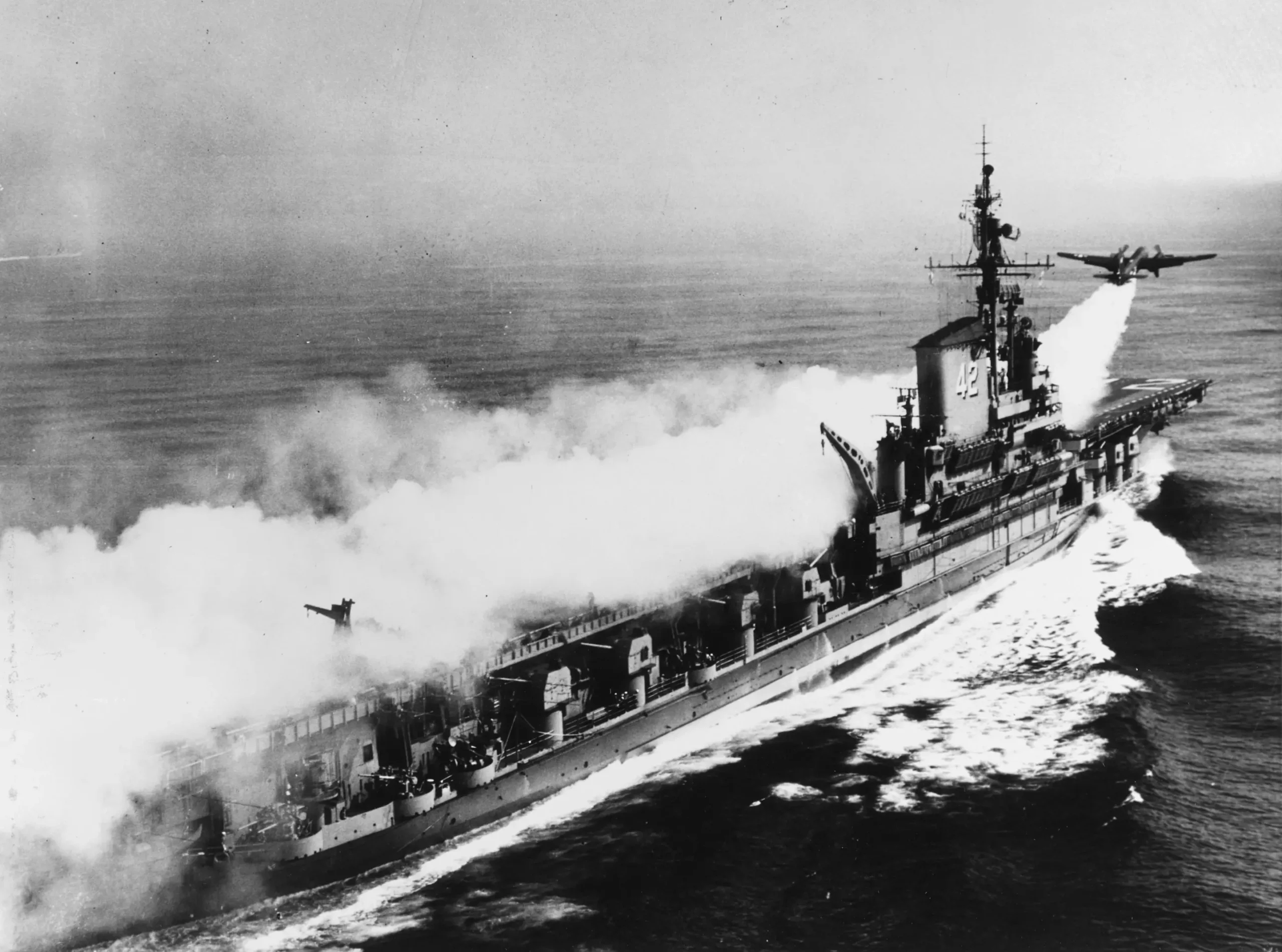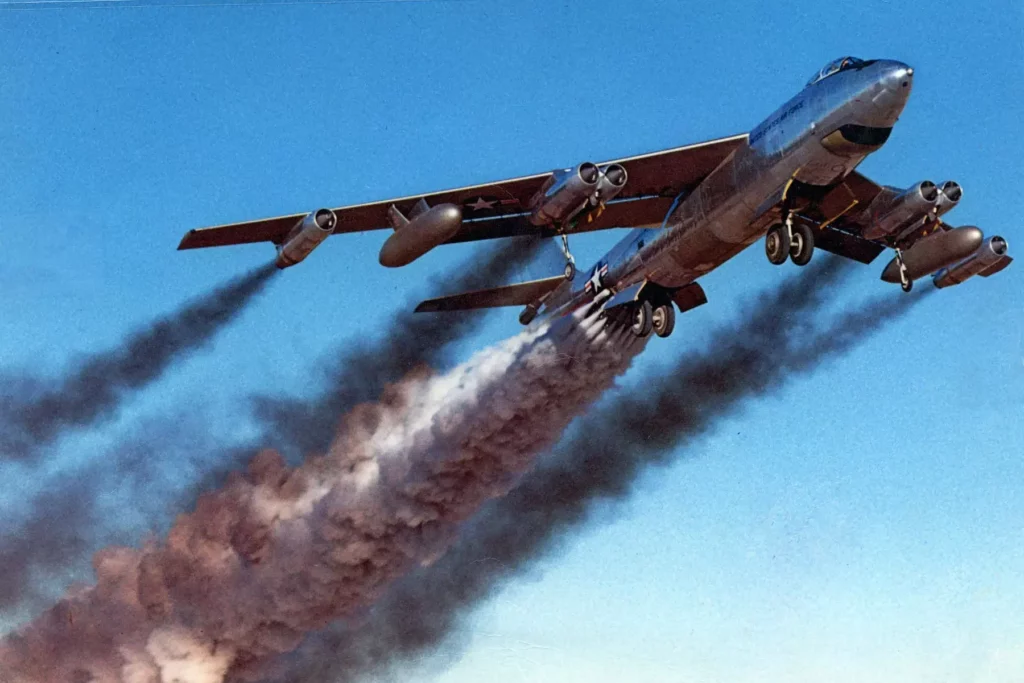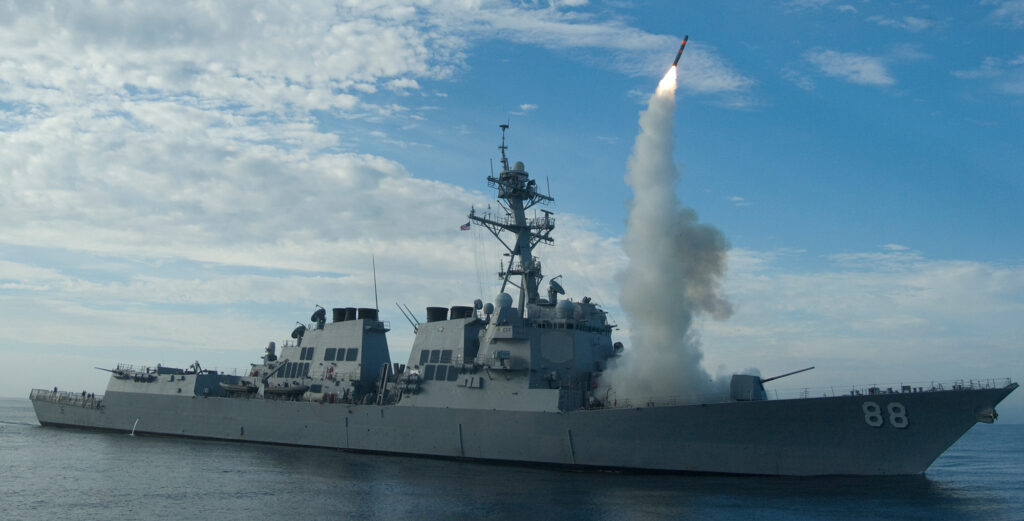JATO (jet-assisted take-off) was an elegant solution to the age-old problem of assisting overloaded aircraft in taking off from runways with inadequate length.
An array of JATO “bottles” attached to an aircraft can overcome a runway that is too short or help an aircraft that is too heavy to take off under its own power with the length of runway available to it. The JATO bottles are ejected soon after burnout of their onboard fuel.
A jet-propelled apparatus must have a continuous source of air intake to mix with an onboard self-contained fuel source to produce jet thrust for propulsion. Jet fuel is typically a kerosene-based liquid that is commonly referred to as Aviation Fuel (AvGas), Jet-A(1), or JP9.
The advancement of JATO and its notable uses

Although a form of JATO was first tested in the late 1920s, the concept was advanced during World War II, which was a conflict that led to the evolution of many military technologies. Notably, during the attempt of German’s Sixth Army to escape encirclement in the Battle of Stalingrad, overloaded Ju-52 Junkers transport aircraft would crash shortly after take-off. This highlighted the need for a system to assist overloaded aircraft taking off from short runways.
During the Iran hostage crisis, one of the lesser-known plans considered for the rescue of the 52 American citizens held prisoner by Iranian militants called for breaking them out of the American embassy and taking them to a nearby sports stadium. There they would board a C-130 aircraft and take off on the short runway space available using JATO assistance.
Related: Delta Force operator on how Ukrainian special forces rescued a prisoner from the Russians

If that sounds like a dangerous undertaking to you… well, it sure does to me too. I have been a passenger on a C-130 Hercules just once for a JATO-assisted ride. It was mind-blowing — talk about being pinned to one’s seat during take-off. I don’t think I could have lifted my arms out in front of me even if I wanted to. The C-130 also took off at an absurdly steep angle of climb; honestly, it was like we were going straight up in the sky and I was white-knuckling the plane’s infrastructure with both hands.
I often feel like I could use a little JATO assistance myself getting up and out of bed during early mornings following a late night…
The modern solution
JATO systems are not commonly used in modern aviation due to advances in engine power and aircraft design and aerodynamics, which have made it possible to take off from shorter runways without the need for JATO assistance. For example, the heavy transport C-17 Globe Master has an amazing short takeoff and landing (STOL) capability.
Further, nowadays military aircraft are assisted by steam-powered catapults for take-offs and landings where there is not sufficient inherent power to gain lift-off from a short runway and for landing back on that same short runway.
These catapults build up kinetic energy through a steam-powered apparatus attached to a cable that threads through a hook protruding from the rear of the aircraft. The steam system generates enough power to fling an automobile many thousands of feet through the air. That same steam catapult is used to dynamically catch and slow down incoming aircraft that touchdown and hook the catapult’s arresting cable. While steam power is still the basis for launching and landing combat aircraft, an electromagnetic system is envisioned that may one day soon serve to replace the steam-powered systems.
Steam-powered machinery… still at our service over 2,000 years after our Greek brothers and sisters came up with it. That’s quite the noble record!
By Almighty God and with honor,
geo sends
Feature Image: The venerable Boeing B-47 bomber taking off with what appears to be as many as 12 JATO bottles of rocket assistance. (Wikimedia Commons)
Read more from Sandboxx News
- Report finds inadequate medical oversight led to 2022 SEAL candidate’s death
- The Tabuk DMR – When Iraq decided to make its own AK
- Still in Saigon: How a Vietnam War song can speak to all veterans
- #MURPH – Being physically fit and financially lit are equally important in the military
- A Russian soldier’s newly translated account of the war in Ukraine reveals the poor state of Russia’s military




